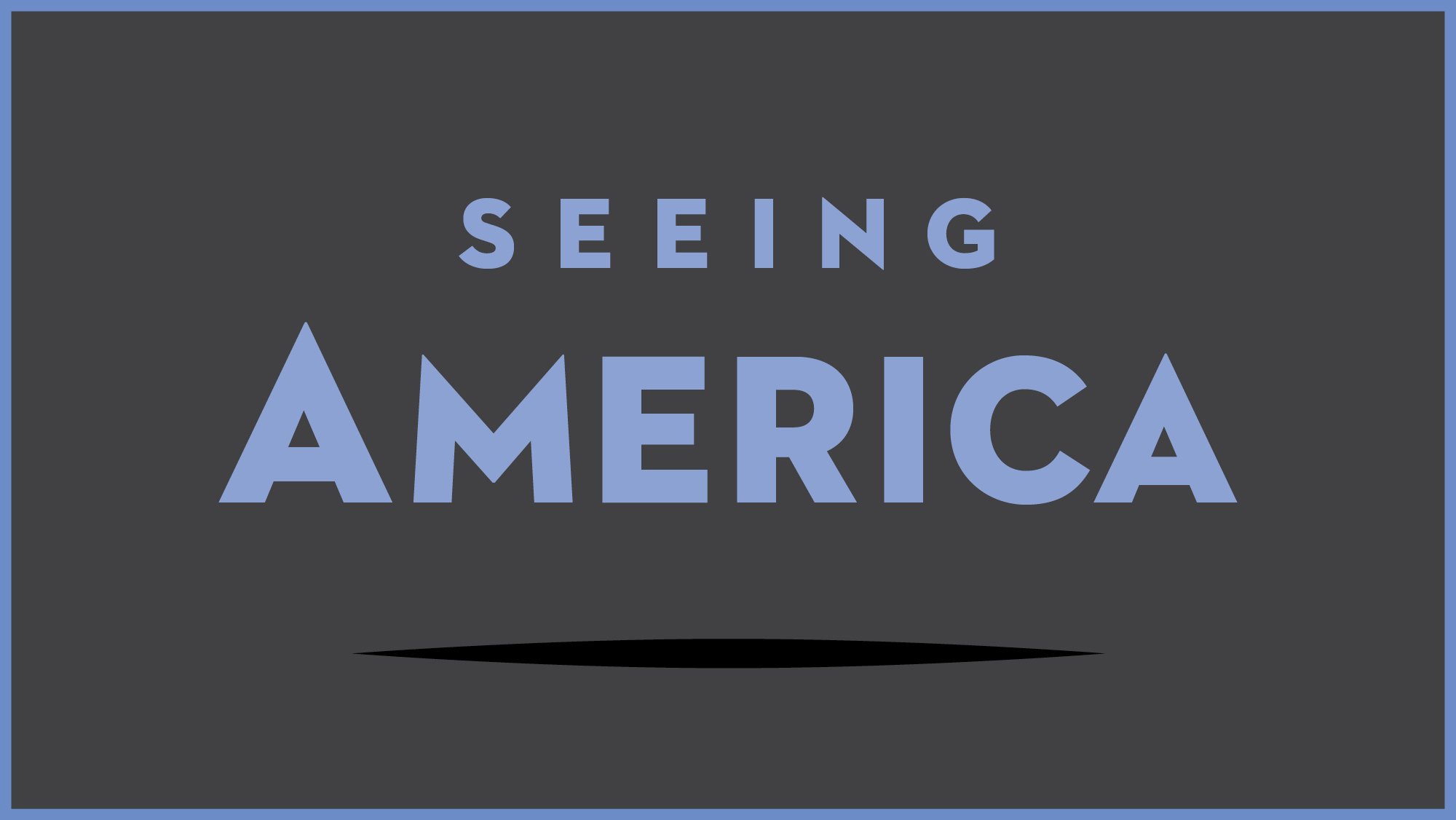Test your knowledge with a quiz
Rivera, Sugar Cane
Key points
- In the years following the Mexican Revolution, murals became an important tool for political propaganda and mass education. Decorating public spaces in a realist style, these paintings recount the history and struggles of the people in Mexico.
- Diego Rivera was influenced by Marxism and many of his paintings focus on class struggle, compounded by the legacies of colonialism and racism. Although he was occasionally supported by wealthy American patrons, his political message was intended to support the working class.
- Born in Mexico but trained in Europe, Diego Rivera combined ancient and modern techniques in his art. The fresco technique (painting on walls) has roots in both Italian and Mexican art; Rivera’s invention of portable murals allowed his work to be widely seen while remaining connected to a long tradition of public painting.
Go deeper
See this work of art in the collection of the Philadelphia Museum of Art
Learn more about the Mexican Revolution through primary sources
Find out how art and music played a role in the Mexican Revolution
What were relations between the U.S. and Mexico like during the Mexican Revolution?
View images and the catalogue from Diego Rivera’s 1931 solo exhibition at MoMA in New York City
Learn about the technique of fresco and how Diego Rivera created his murals
Learn more about the Mexican Muralists
More to think about
As discussed in the video, large scale public frescoes by Rivera and other Mexican muralists served an important function as political propaganda in the years after the Mexican Revolution. Can you identify any public art where you live, and if so, does it stake out a political position?



